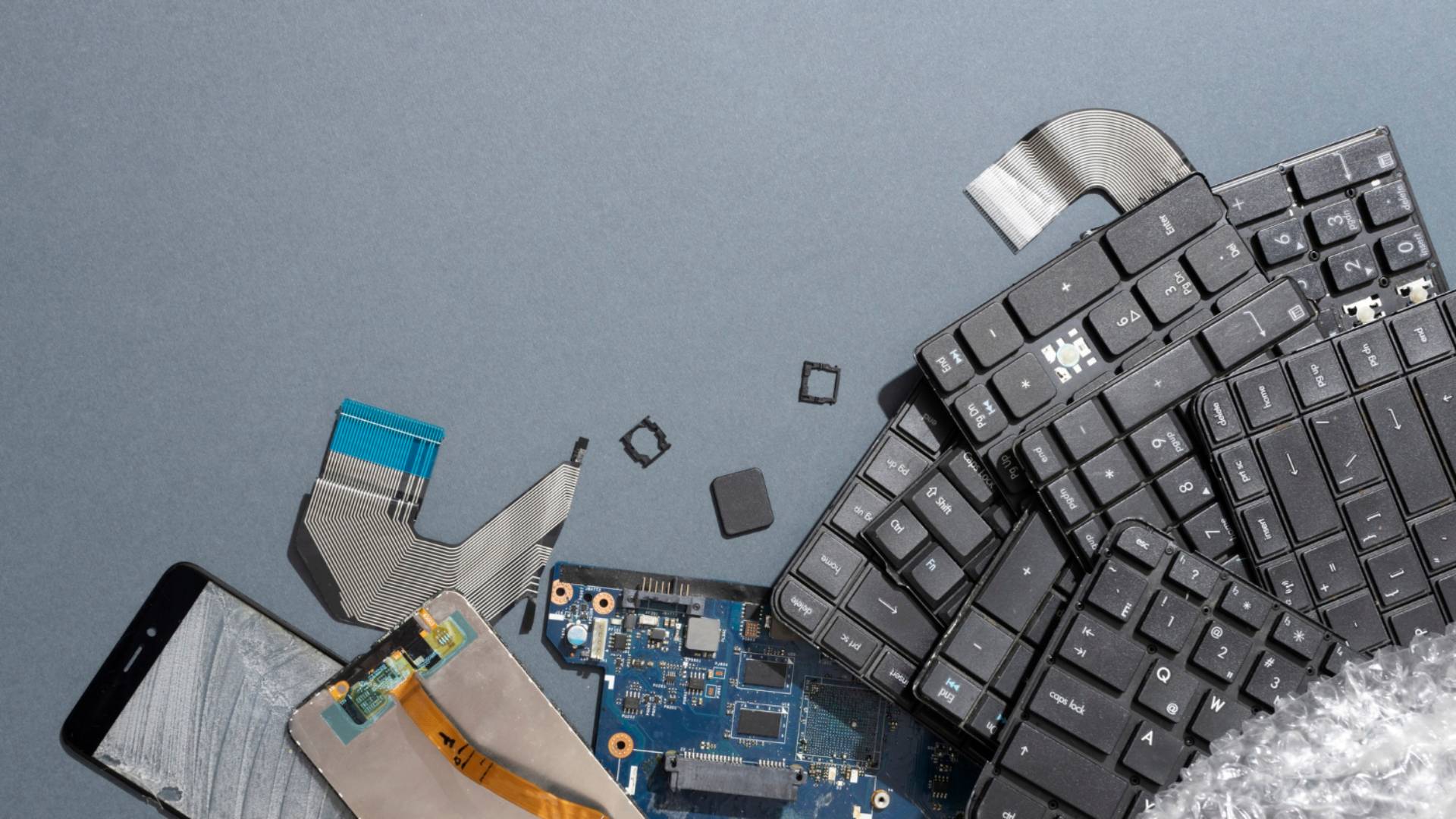Troubleshooting is the core task of IT professionals. Also the most common approach to solving a problem on today’s all-connected workspace. From mobile phones, laptops, tablets, PC, network, Wi-Fi and everything between will required your attention at some point, even with brand new devices or services.
Don’t panic. IT problems are common and almost in a daily basis. Many IT or computer problems are not bad as they generally looks, and the real problem is caused by the stress and frustration when trying to fix the “problem”. For example, you turn on your computer but only see a black screen and nothing happens. Our first reaction as users is to push the power button again and again. This may cause much more problems than the black screen, as it can be just running a boot update, like a bios memory update, and by stopping the process, the bios can crash and disable computer boot sequence, or worst.
The Good: What are the symptoms of the problem?
The goal of troubleshooting is to determine why something does not work as expected, describe the problem to find the cause and resolve it. To describe the problem there is one simple question: What is the problem? The answer is not straightforward. In fact, to find the cause, the answer must be a descriptive picture of the problem. Write down what you did and saw before the problem, the error codes and messages if any, and what you did right after. This will provide a bigger picture of the scenario and symptoms of the problem that can help determine the possible cause.
To describe the symptoms, answer these questions:
- Who, or what, is reporting the problem?
- What are the error codes and messages?
- How does the system fail? For example, is it a loop, hang, crash, performance degradation, or incorrect result?
The Bad: where and when the problem occur?
This can be the hardest part. Where and when is not always as clear as we want it to be. But the previous step will provide a detailed timeline of the events that lead up to a problem as the problem its revealed at the moment you notice it, not when it really happened. For example, the computer does not turn on. But do we know what happened before? Was there a electricity or voltage fluctuation? Did someone used the computer before the problem was detected?
To determine where and when, answer these questions:
- Does the problem happen only at a certain time of day or night?
- How often does the problem happen?
- What sequence of events leads up to the time that the problem is reported?
- Does the problem happen after an environment change, such as upgrading or installing software or hardware?
The Ugly: Can the problem be reproduced?
From IT support specialist view, the best problem is the one that can be reproduced. This can be done in several cases. But, problems that can’t be reproduced, depends on the symptoms, where and when it occurs. Also, there are problems that you don’t want to reproduce due the impact of these problems to your business. This is why is important to have a detailed timeline of the events that lead up to the problem.
To determine if the problem can be reproduced, answer these questions:
- Does the problem always occur when the same task is being performed?
- Does a certain sequence of events need to occur for the problem to surface?
- Do any other applications fail at the same time?
- Can the problem be re-created on a test environment?
- Do multiple users or applications encounter the same type of problem?
Don’t panic, breath and think
Most common IT support issues includes slow computer performance, internet connectivity issues, printer problems, email issues, lost access to shared drive, Blue Screen of Death (Windows), malware or virus and unable to recognize USB device or monitor. Some these common problems can be solve by examining the symptoms, others will require and IT Support Specialist to determine the possible cause and solve it.
The best thing to do is to contact your IT support and report the problem. Don’t panic, breath and think. The stress and frustration caused by the problem and trying to solve it can make it worst. If you don’t have in-house IT support, try an outsource IT Support Provider like Brooklyn Tech Support to assist you assess any IT issue or specific problem. Consider hiring an IT support service or preventive maintenance plan to minimize IT issues impact to your business.

